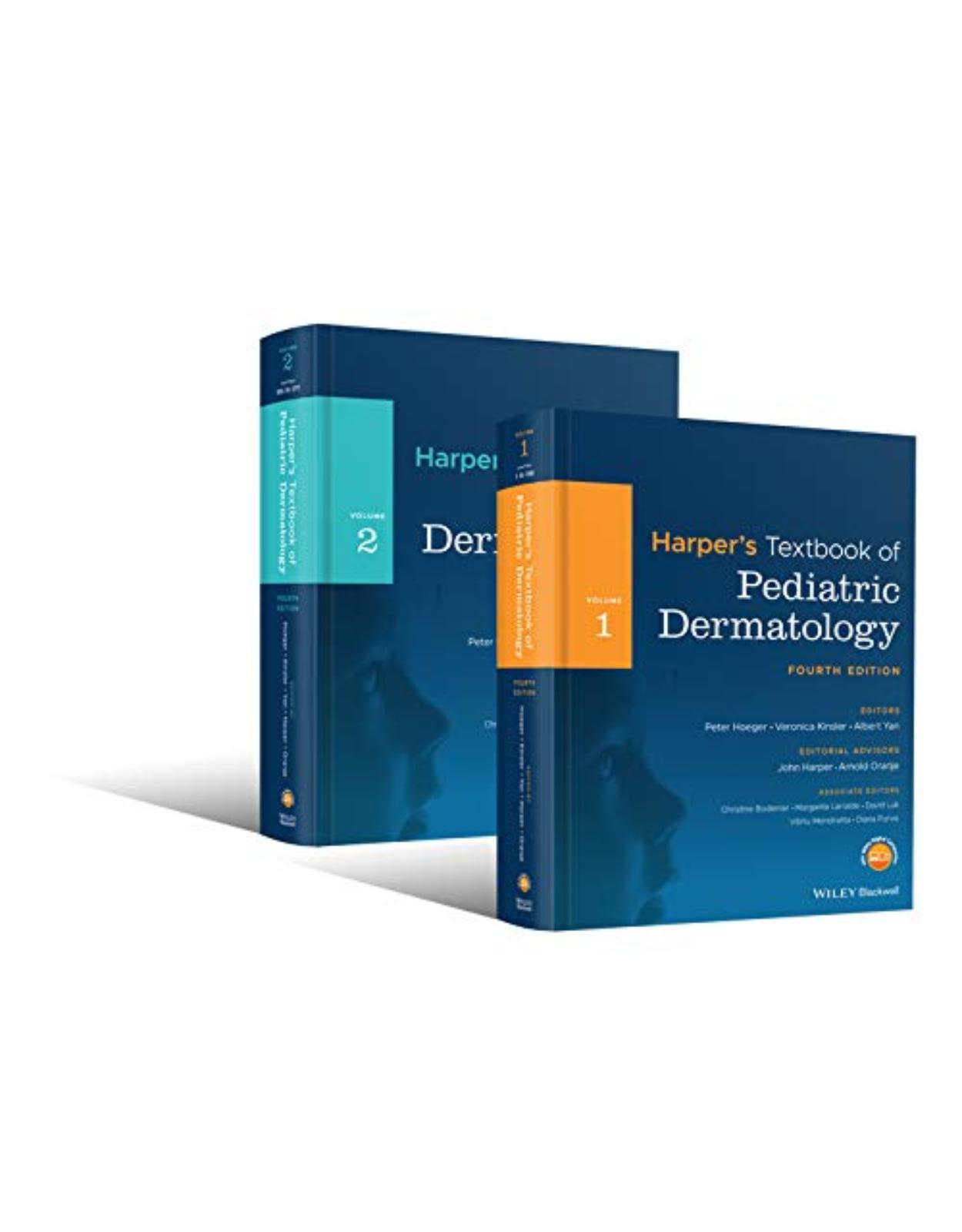
Harper's Textbook of Pediatric Dermatology: 2 Volume Set, 4th edition
Livrare gratis la comenzi peste 500 RON. Pentru celelalte comenzi livrarea este 20 RON.
Disponibilitate: La comanda in aproximativ 4 saptamani
Editura: Wiley
Limba: Engleza
Nr. pagini: 2656
Coperta: Hardcover
Dimensiuni: 22.4 x 10.9 x 28.4 cm
An aparitie: 2019
A consummate classic with a fresh approach to pediatric dermatology Children's skin is different. Maturation affects the epidermal barrier, the cutaneous microbiome, adnexal structures, vasculature, and transcutaneous absorption of drugs.
The immature skin is more susceptible to pathogens and environmental disruption. Many genetic disorders are either present at birth or manifest early in childhood. Skin diseases thus present differently in children than in adults.
Pediatric dermatology has seen significant advances over the last decade, particularly in the field of molecular genetics research, which has furthered our understanding of the pathogenesis of many skin diseases and the development of new approaches to treatment.
This fourth edition of the Harper classic provides state-of-the-art information on all aspects of skin disease in children. It covers the diagnosis and treatment of all conditions - both common and rare - with a consistently evidence-based approach. Existing content has been refreshed and fully updated to reflect emerging thinking and to incorporate the latest in research and clinical data - especially at the genetic level.
This new fourth edition includes: Greater focus on the genetics behind skin disease, including new genes/genodermatoses, progress in genetic analysis, and stem cell transplants Increased coverage of lasers and other technologies used to treat skin disease More summary tables, learning points, tables of differential diagnosis, and clinical algorithms for diagnosis and management Additional online features, including patient information links and multiple choice questions Harper's Textbook of Pediatric Dermatology delivers crucial clinical insights and up-to-date research information that spans the breadth of the field.
As the most comprehensive reference book on this subject available, this revised fourth edition will support and guide the daily practice of both dermatologists and pediatricians across the world.
Cover
List of Contributors
Preface to the Fourth Edition
Dedication
Acknowledgements
List of Abbreviations
Section 1: Development, Structure and Physiology of the Skin
1. CHAPTER 1: Embryogenesis of the Skin
2. CHAPTER 2: Molecular Genetics in Paediatric Dermatology
3. CHAPTER 3: Cutaneous Microbiome
4. CHAPTER 4: Physiology of Neonatal Skin
5. CHAPTER 5: Neonatal Skin Care
6. CHAPTER 6: Transient Skin Disorders in the Neonate and Young Infant
7. CHAPTER 7: Congenital and Acquired Infections in the Neonate
8. CHAPTER 8: Transplacentally Acquired Dermatoses
9. CHAPTER 9: Developmental Anomalies
10. CHAPTER 10: Differential Diagnosis of Neonatal Erythroderma
11. CHAPTER 11: Vesiculopustular, Bullous and Erosive Diseases of the Neonate
12. CHAPTER 12: Iatrogenic Disorders of the Newborn
13. CHAPTER 13: Epidemiology of Atopic Dermatitis
14. CHAPTER 14: Genetics and Aetiology of Atopic Dermatitis
15. CHAPTER 15: Clinical Features and Diagnostic Criteria of Atopic Dermatitis
16. CHAPTER 16: Severity Scoring and Quality of Life Assessment in Atopic Dermatitis
17. CHAPTER 17: Atopic Dermatitis and Related Disorders
18. CHAPTER 18: Atopic Dermatitis
19. CHAPTER 19: Management of Atopic Dermatitis
20. CHAPTER 20: Napkin Dermatitis
21. CHAPTER 21: Adolescent Seborrhoeic Dermatitis
22. CHAPTER 22: Irritant Contact Dermatitis
23. CHAPTER 23: Allergic Contact Dermatitis
24. CHAPTER 24: Hypereosinophilic Disorders
25. CHAPTER 25: Juvenile Plantar Dermatosis
26. CHAPTER 26: Perioral Dermatitis
27. CHAPTER 27: Psoriasis
28. CHAPTER 28: Psoriasis
29. CHAPTER 29: Psoriasis
30. CHAPTER 30: Psoriasis
31. CHAPTER 31: Psoriasis
32. CHAPTER 32: Pityriasis Rubra Pilaris
33. CHAPTER 33: Lichen Planus
34. CHAPTER 34: Lichen Nitidus
35. CHAPTER 35: Lichen Striatus
36. CHAPTER 36: Pityriasis Rosea
37. CHAPTER 37: Pyodermas and Bacterial Toxin‐mediated Syndromes
38. CHAPTER 38: Cutaneous Manifestations of Gram‐negative Infections
39. CHAPTER 39: Pitted Keratolysis, Erythrasma and Erysipeloid
40. CHAPTER 40: Lyme Borreliosis
41. CHAPTER 41: Bartonella Infections
42. CHAPTER 42: Mycobacterial Skin Infections
43. CHAPTER 43: Rickettsial Disease
44. CHAPTER 44: Endemic Treponematoses: Yaws, Pinta and Endemic Syphilis
45. CHAPTER 45: Tropical Ulcer
46. CHAPTER 46: Superficial Fungal Infections
47. CHAPTER 47: Deep Fungal Infections
48. CHAPTER 48: Molluscum Contagiosum
49. CHAPTER 49: Human Papillomavirus Infection
50. CHAPTER 50: Herpes Simplex Virus Infections
51. CHAPTER 51: Varicella Zoster Virus Infections
52. CHAPTER 52: Poxvirus Infections
53. CHAPTER 53: HIV and HTLV‐1 Infection
54. CHAPTER 54: Viral Exanthems
55. CHAPTER 55: Eruptive Hypomelanosis
56. CHAPTER 56: Cutaneous Infections in Immunocompromised Children
57. CHAPTER 57: Leishmaniasis
58. CHAPTER 58: Helminthic Infections
59. CHAPTER 59: Scabies and Pseudoscabies
60. CHAPTER 60: Pediculosis and Cimicosis
61. CHAPTER 61: Noxious and Venomous Creatures
62. CHAPTER 62: Aquatic Dermatoses
63. CHAPTER 63: Urticaria
64. CHAPTER 64: Annular Erythemas
65. CHAPTER 65: Gianotti–Crosti Syndrome
66. CHAPTER 66: Erythema Multiforme, Stevens–Johnson Syndrome and Toxic Epidermal Necrolysis
67. CHAPTER 67: Hypersensitivity Reactions to Drugs
68. CHAPTER 68: Acne
69. CHAPTER 69: Childhood Rosacea
70. CHAPTER 70: Hidradenitis Suppurativa
71. CHAPTER 71: Skin Manifestations of Nutritional Disorders
72. CHAPTER 72: Skin Manifestations of PaediatricMetabolic Syndrome
73. CHAPTER 73: Differential Diagnosis of Vesiculobullous Lesions
74. CHAPTER 74: Autoimmune Bullous Diseases
75. CHAPTER 75: Childhood Dermatitis Herpetiformis
76. CHAPTER 76: Epidermolysis Bullosa and Kindler Syndrome
77. CHAPTER 77: The Idiopathic Photodermatoses and Skin Testing
78. CHAPTER 78: The Porphyrias
79. CHAPTER 79: Photoprotection
80. CHAPTER 80: Skin Reactions to Plants, Cold, Heat and Chemicals
81. CHAPTER 81: Sarcoidosis
82. CHAPTER 82: Granuloma Annulare
83. CHAPTER 83: Orofacial Granulomatosis
84. CHAPTER 84: Sweet Syndrome
85. CHAPTER 85: Pyoderma Gangrenosum
86. CHAPTER 86: Pityriasis Lichenoides
87. CHAPTER 87: Jessner Lymphocytic Infiltrate of the Skin
88. CHAPTER 88: Primary Cutaneous Lymphoma
89. CHAPTER 89: Childhood Leukaemias and Lymphomas
90. CHAPTER 90: Langerhans Cell Histiocytosis
91. CHAPTER 91: Juvenile Xanthogranuloma and OtherNon‐Langerhans Cell Histiocytoses
92. CHAPTER 92: Paediatric Mastocytosis
93. CHAPTER 93: Ehlers–Danlos Syndromes
94. CHAPTER 94: Pseudoxanthoma Elasticum and Cutis Laxa
95. CHAPTER 95: Buschke–Ollendorff Syndrome, Marfan Syndrome and Osteogenesis Imperfecta
96. CHAPTER 96: Anetodermas and Atrophodermas
97. CHAPTER 97: Hyalinoses, Stiff Skin Syndrome and Restrictive Dermopathy
98. CHAPTER 98: Striae in Children and Adolescents
99. CHAPTER 99: Morphoea (Localized Scleroderma)
100. CHAPTER 100: Systemic Sclerosis in Childhood
101. CHAPTER 101: Lipoma and Lipomatosis
102. CHAPTER 102: Panniculitis in Children
103. CHAPTER 103: Lipodystrophies
104. CHAPTER 104: An Introduction to Mosaicism
105. CHAPTER 105: Melanocytic Naevi
106. CHAPTER 106: Epidermal Naevi
107. CHAPTER 107: Other Naevi and Hamartomas
108. CHAPTER 108: Proteus Syndrome and Other Localized Overgrowth Disorders
109. CHAPTER 109: Mosaic Disorders of Pigmentation
110. CHAPTER 110: Differential Diagnosis of Skin Nodules and Cysts
111. CHAPTER 111: Adnexal Disorders
112. CHAPTER 112: Calcification and Ossification in the Skin
113. CHAPTER 113: Angiolymphoid Hyperplasia with Eosinophilia
114. CHAPTER 114: Fibromatoses
115. CHAPTER 115: Carcinomas of the Skin
116. CHAPTER 116: Childhood Melanoma
117. CHAPTER 117: Other Malignant Skin Tumours
118. CHAPTER 118: Vascular Malformations
119. CHAPTER 119: Infantile Haemangiomas
120. CHAPTER 120: Other Vascular Tumours
121. CHAPTER 121: Disorders of Lymphatics
122. CHAPTER 122: Inherited and Acquired Hyperpigmentation
123. CHAPTER 123: Vitiligo
124. CHAPTER 124: Albinism
125. CHAPTER 125: Disorders of Hypopigmentation
126. CHAPTER 126: Dyschromatosis
127. CHAPTER 127: Review of Keratin Disorders
128. CHAPTER 128: Mendelian Disorders of Cornification (MEDOC)
129. CHAPTER 129: Mendelian Disorders of Cornification (MEDOC)
130. CHAPTER 130: Keratosis Pilaris and Darier Disease
131. CHAPTER 131: The Erythrokeratodermas
132. CHAPTER 132: Netherton Syndrome
133. CHAPTER 133: Porokeratosis
134. CHAPTER 134: Ectodermal Dysplasias
135. CHAPTER 135: Focal Dermal Hypoplasia
136. CHAPTER 136: Incontinentia Pigmenti
137. CHAPTER 137 Premature Ageing Syndromes
138. CHAPTER 138: Xeroderma Pigmentosum and Related Diseases
139. CHAPTER 139: Gorlin (Naevoid Basal Cell Carcinoma) Syndrome
140. CHAPTER 140: Rothmund–Thomson Syndrome, Bloom Syndrome, Dyskeratosis Congenita, Fanconi Anaemia and Poikiloderma with Neutropenia
141. CHATPER 141: Other Genetic Disorders Predisposing to Malignancy
142. CHAPTER 142: The Neurofibromatoses
143. CHAPTER 143: Tuberous Sclerosis Complex
144. CHAPTER 144: Other RASopathies
145. CHAPTER 145: Cutaneous Vasculitis
146. CHAPTER 146: Purpura Fulminans
147. CHAPTER 147: Kawasaki Disease
148. CHAPTER 148 Polyarteritis Nodosa, Granulomatosis with Polyangiitis and Microscopic Polyangiitis
149. CHAPTER 149: Juvenile Idiopathic Arthritis, Systemic Lupus Erythematosus and Juvenile Dermatomyositis
150. CHAPTER 150: Behçet Disease and Relapsing Polychondritis
151. CHAPTER 151: Erythromelalgia
152. CHAPTER 152: Metabolic Disorders and the Skin
153. CHAPTER 153: Cystic Fibrosis
154. CHAPTER 154: Cutaneous Manifestations of Endocrine Disease
155. CHAPTER 155: Autoinflammatory Diseases and Amyloidosis
156. CHAPTER 156: Immunodeficiency Syndromes
157. CHAPTER 157: Graft‐Versus‐Host Disease
158. CHAPTER 158 The Oral Mucosa and Tongue
159. CHAPTER 159: Hair Disorders
160. CHAPTER 160: Alopecia Areata
161. CHAPTER 161: Nail Disorders
162. CHAPTER 162: Genital Disease in Children
163. CHAPTER 163: Sexually Transmitted Diseases in Children and Adolescents
164. CHAPTER 164: Maltreatment, Physical and Sexual Abuse
165. CHAPTER 165: Assessing and Scoring Life Quality
166. CHAPTER 166: Coping with the Burden of Disease
167. CHAPTER 167: Physiological Habits, Self‐Mutilation and Factitious Disorders
168. CHAPTER 168: Topical Therapy
169. CHAPTER 169: Systemic Therapy in Paediatric Dermatology
170. CHAPTER 170: New Genetic Approaches to Treating Diseases of the Skin
171. CHAPTER 171: Surgical Therapy
172. CHAPTER 172: Laser Therapy
173. CHAPTER 173: Sedation and Anaesthesia
174. CHAPTER 174: Approach to the Paediatric Patient
175. CHAPTER 175: Dermoscopy of Melanocytic Lesions in the Paediatric Population
176. CHAPTER 176: The Role of Histopathology and Molecular Techniques in Paediatric Dermatology
177. CHAPTER 177: Nursing Care of the Skin in Children
| An aparitie | 2019 |
| Autor | Prof. Dr. Peter H. Hoeger, Dr. Veronica Kinsler, Albert C. Yan Prof. John Harper, Prof. Dr. Arnold P. Oranje, Christine Bodemer, Dr. Margarita Larralde, David Luk, Vibhu Mendiratta, Diana Purvis |
| Dimensiuni | 22.4 x 10.9 x 28.4 cm |
| Editura | Wiley |
| Format | Hardcover |
| ISBN | 9781119142195 |
| Limba | Engleza |
| Nr pag | 2656 |

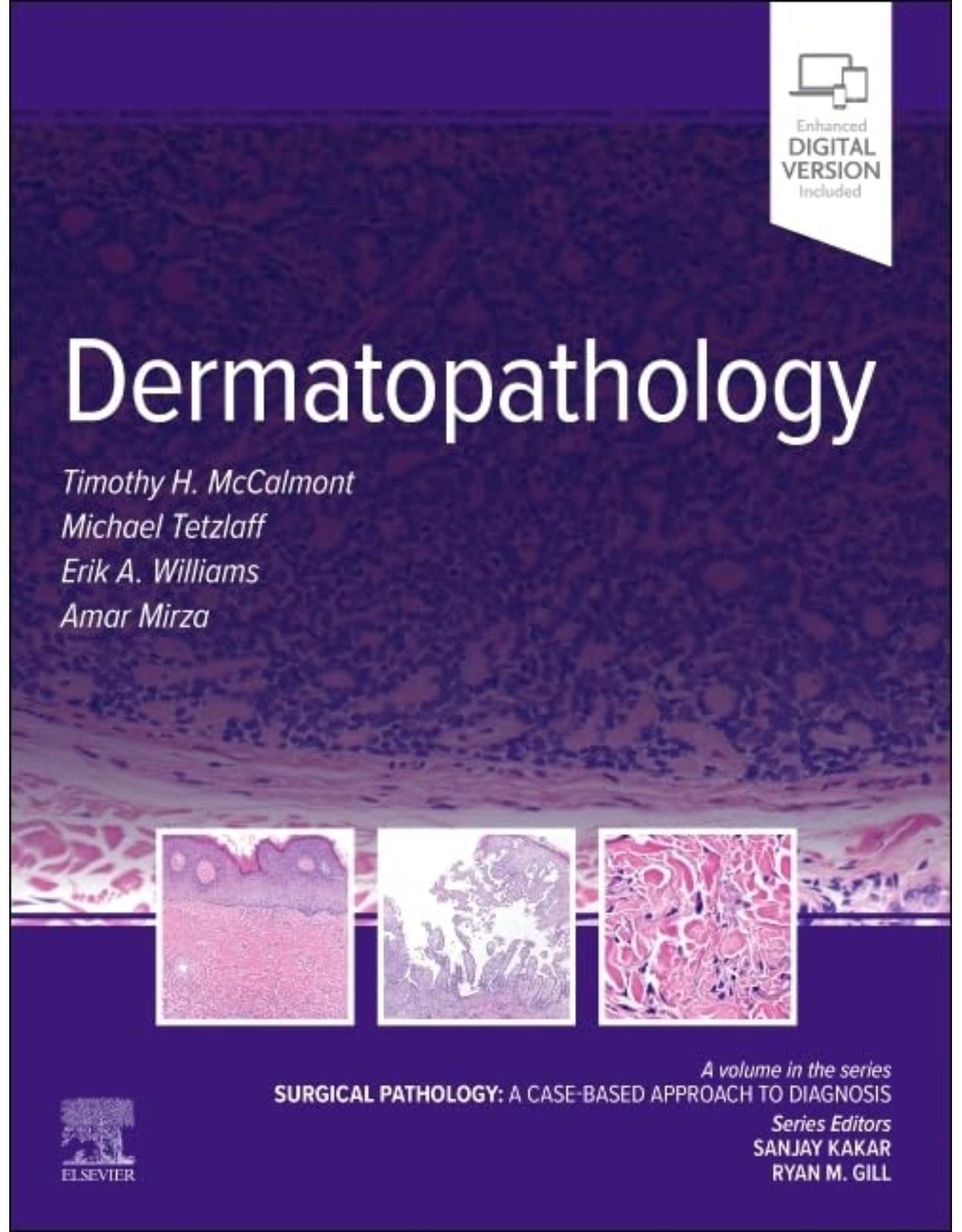
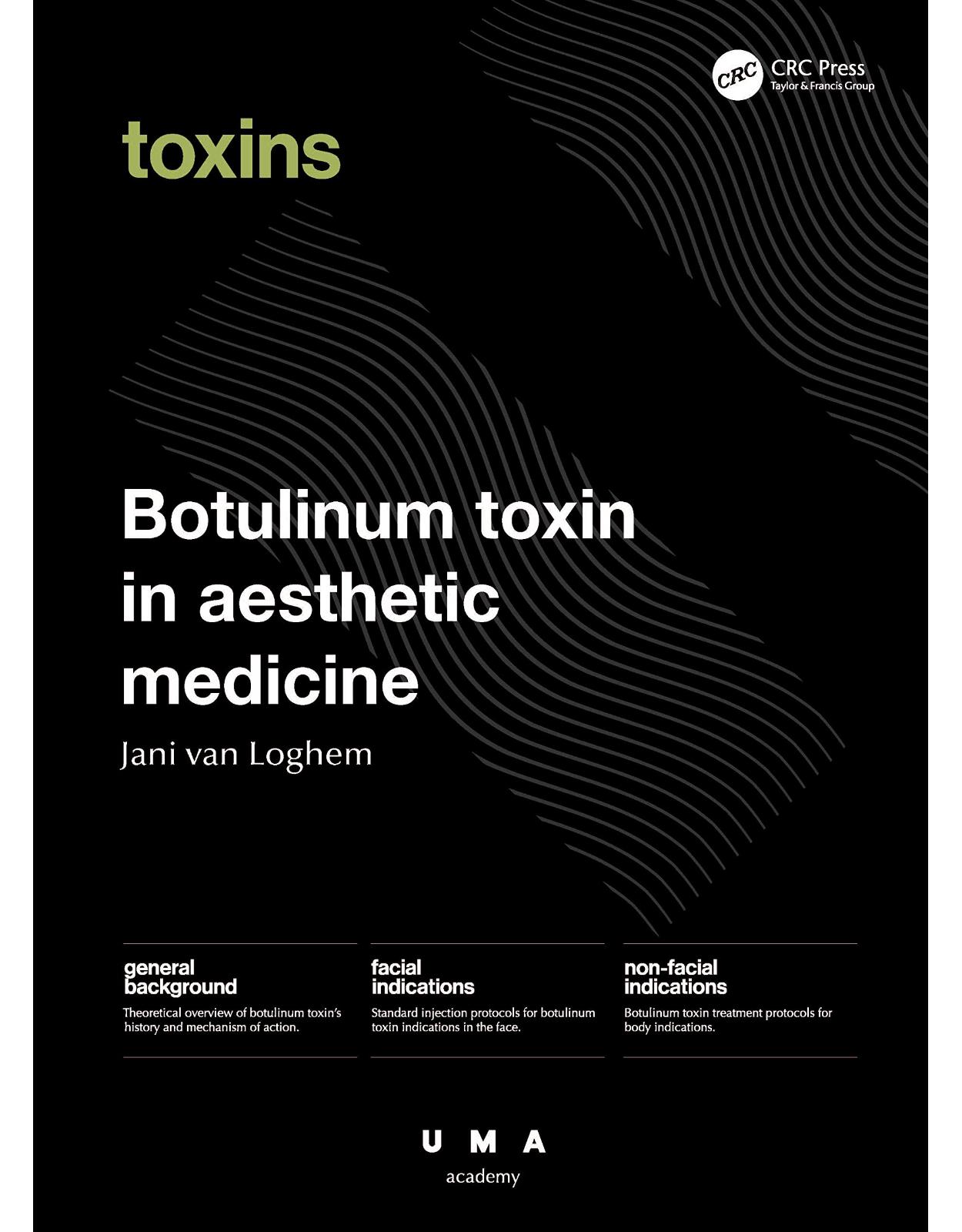

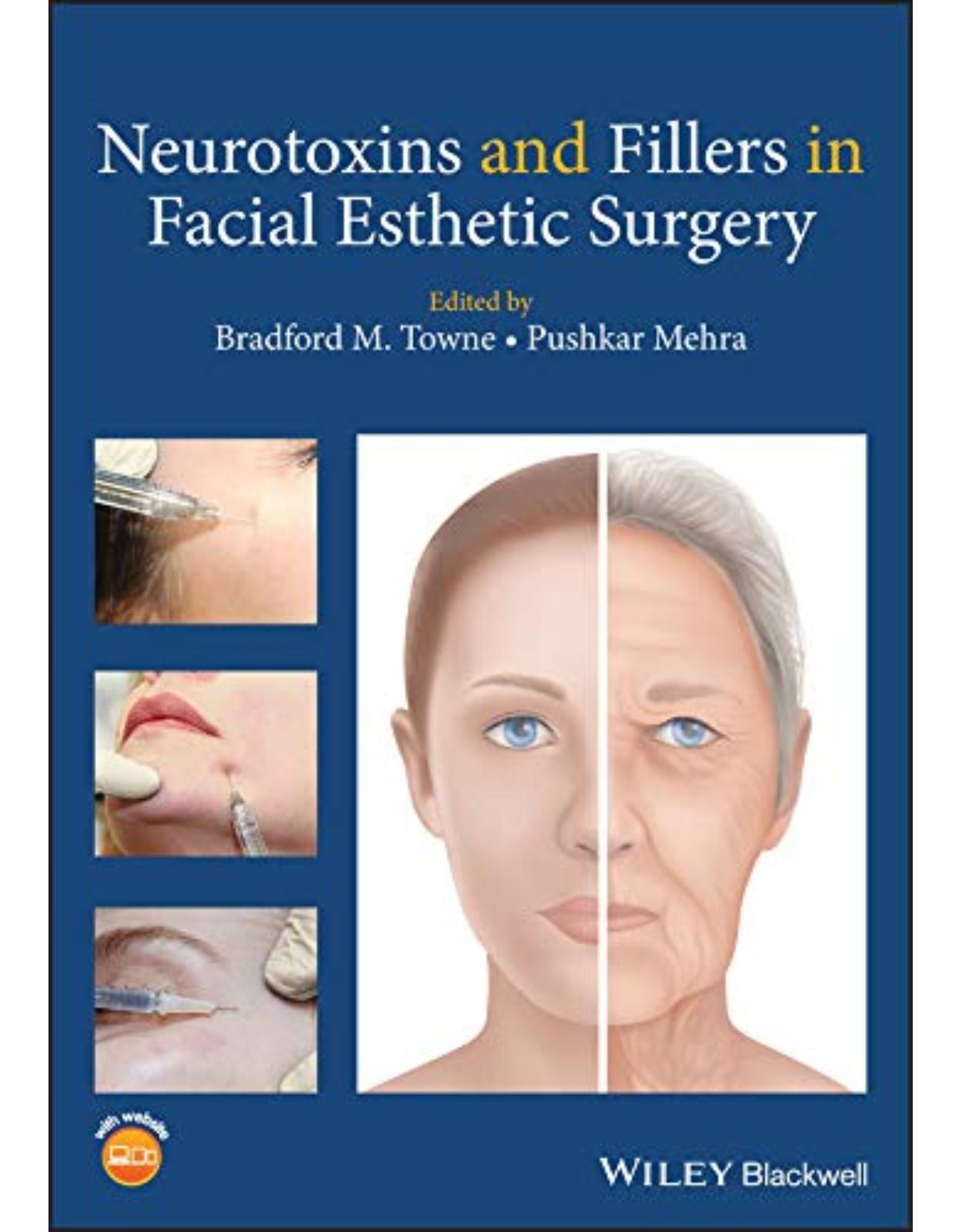
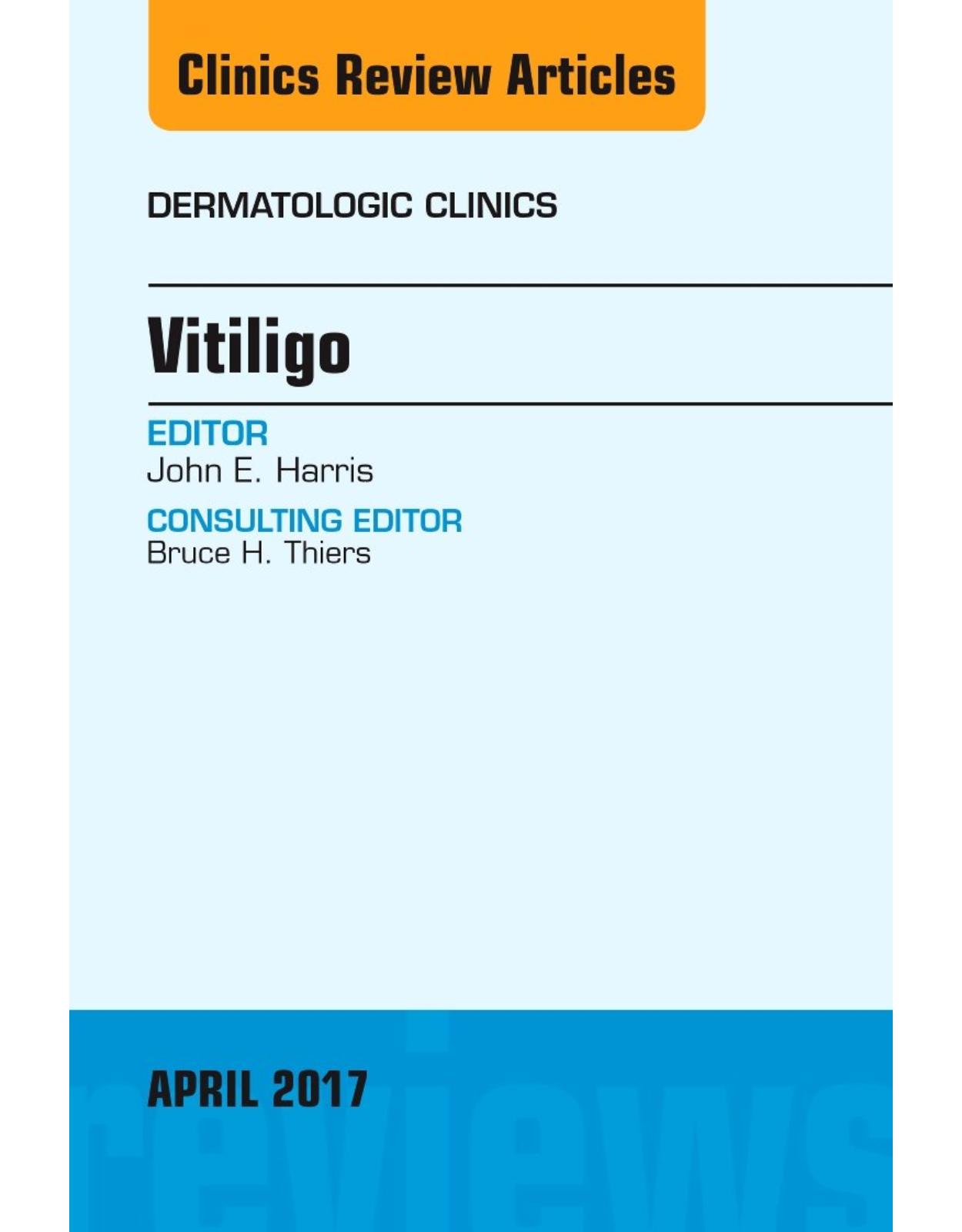
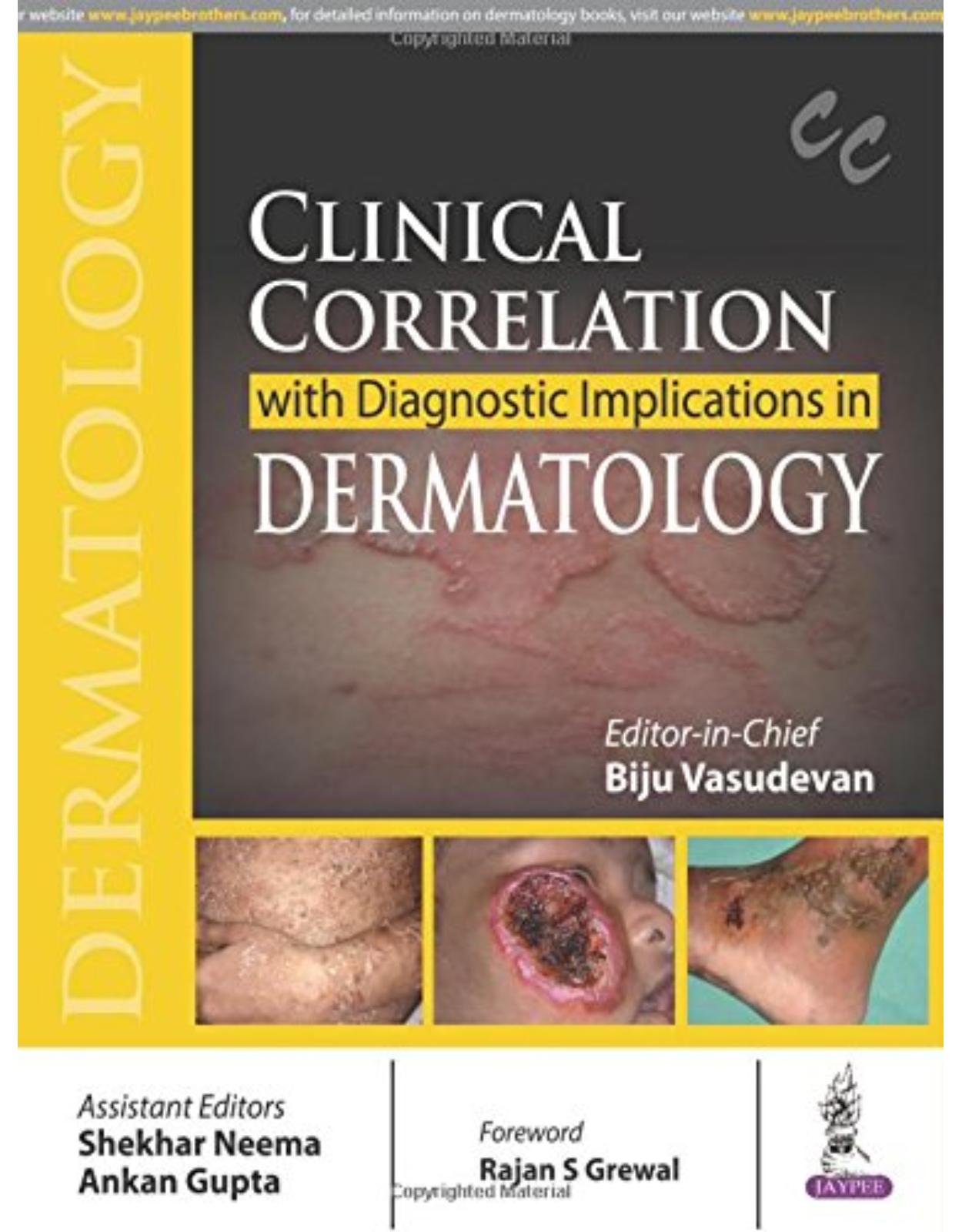
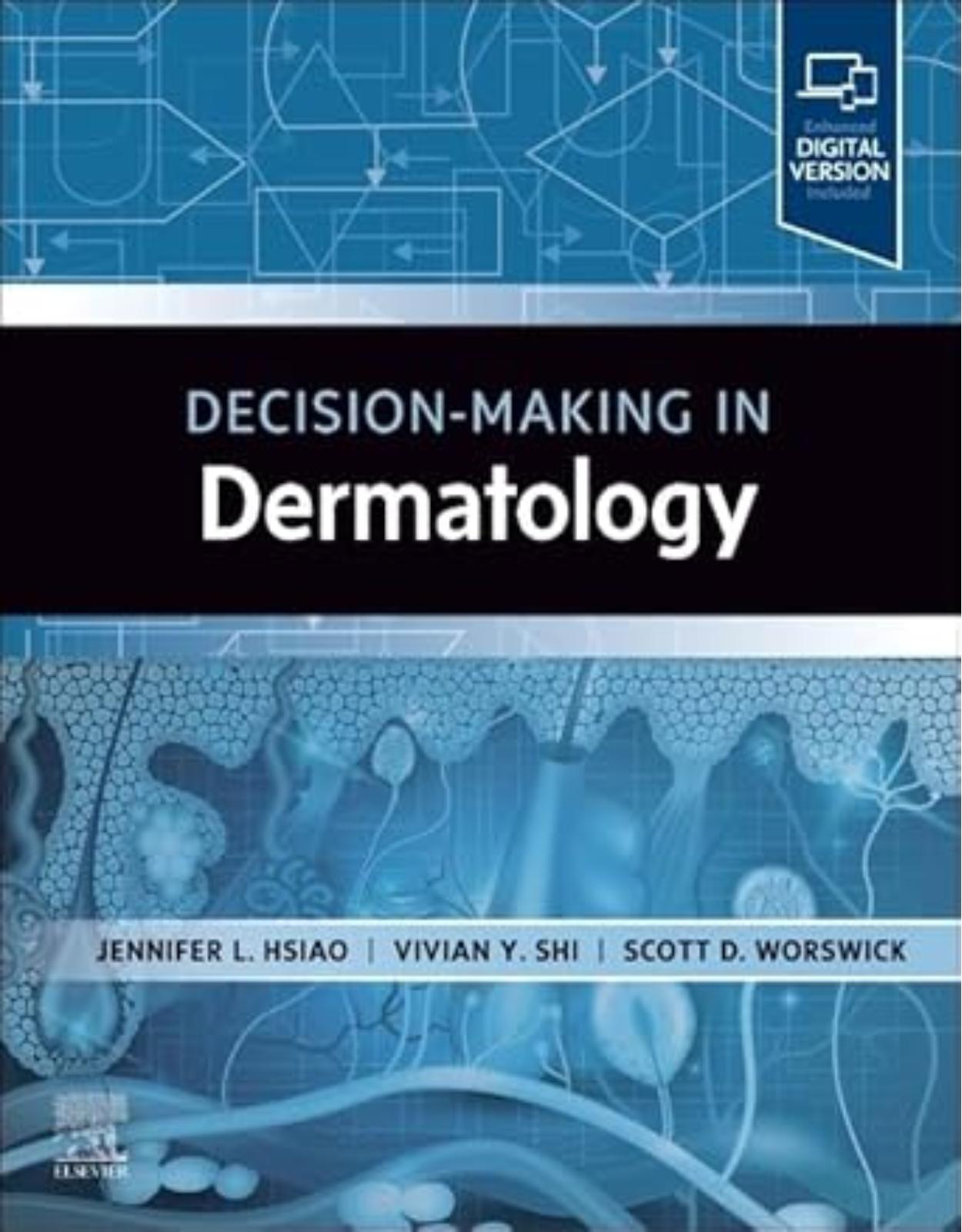
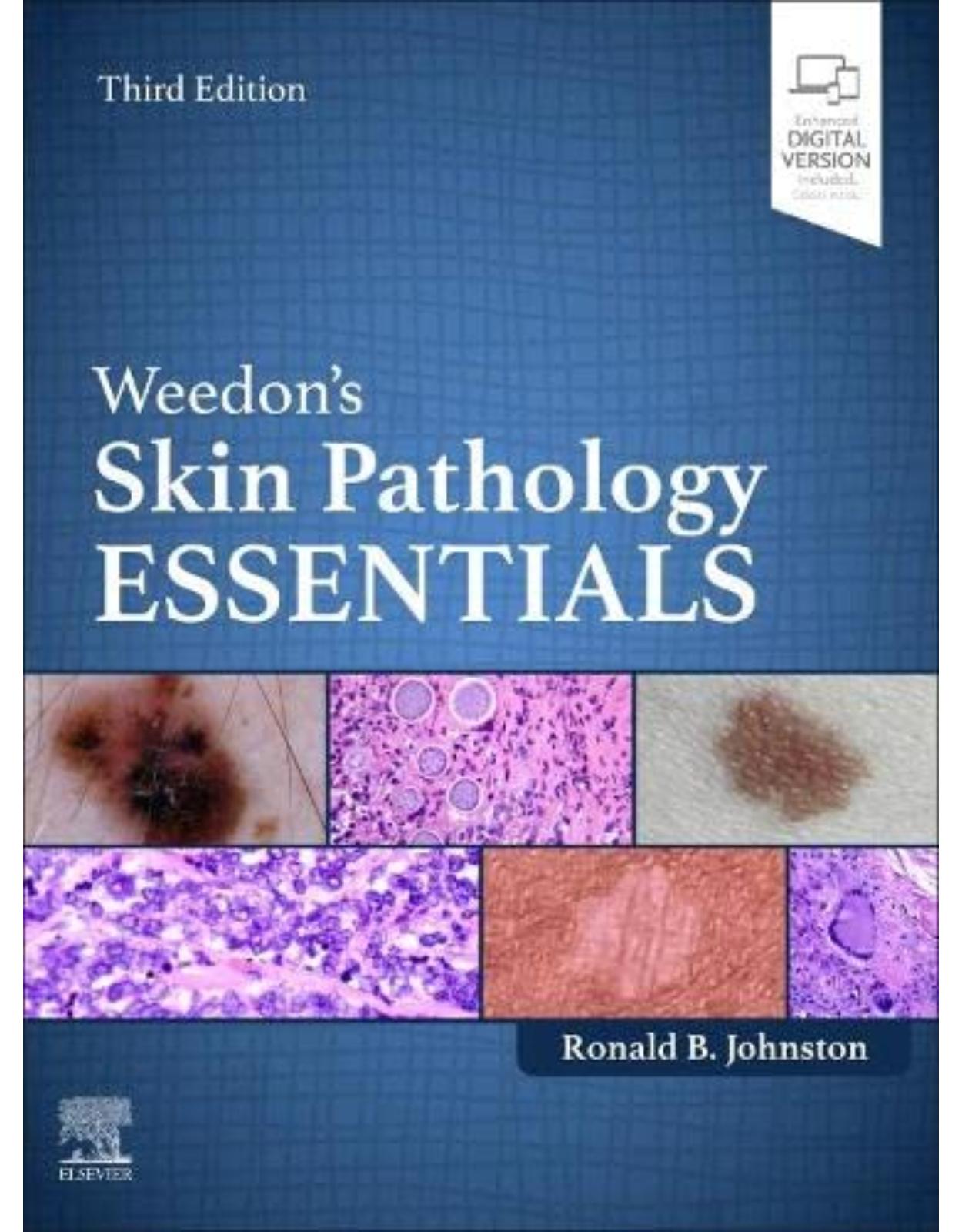
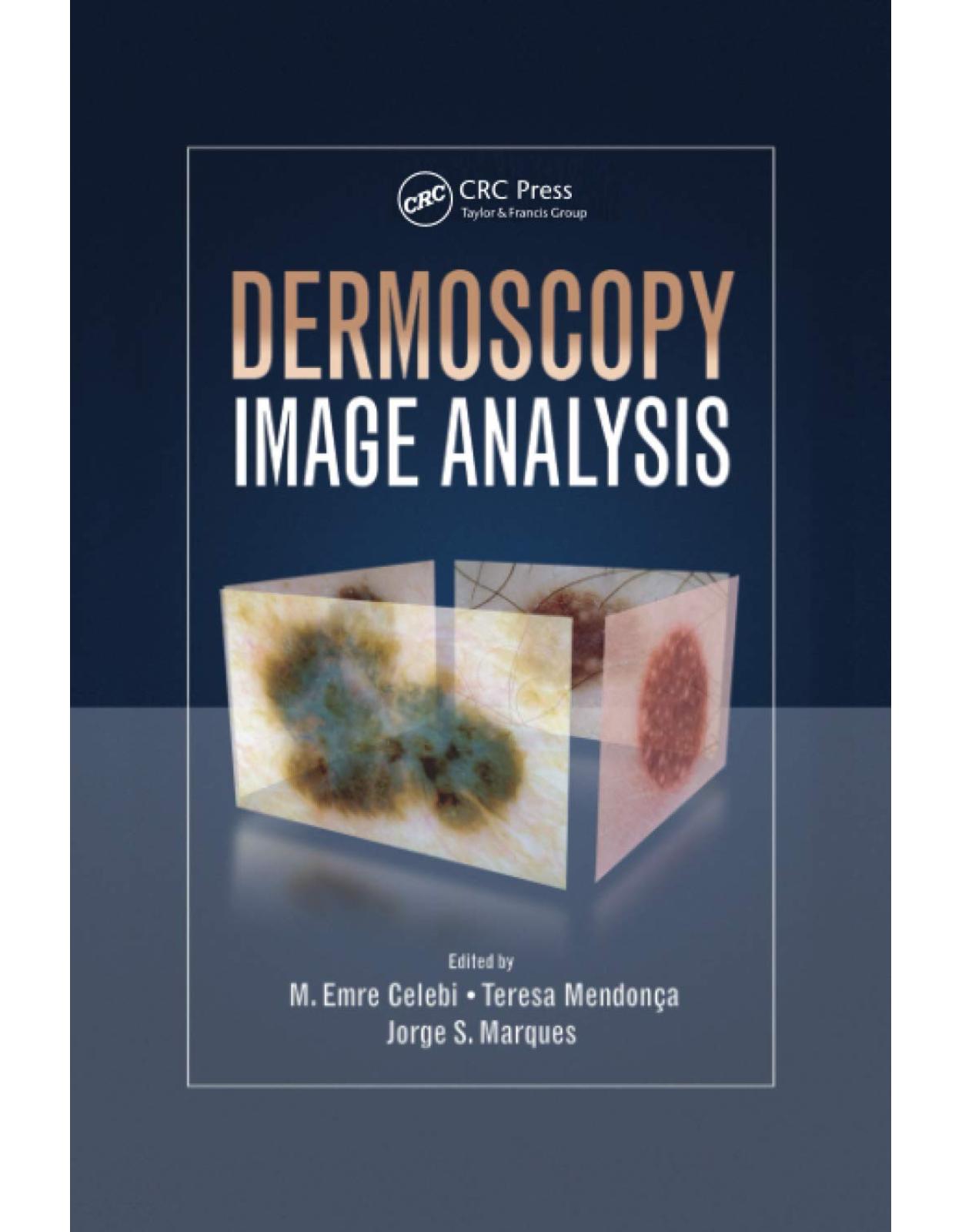
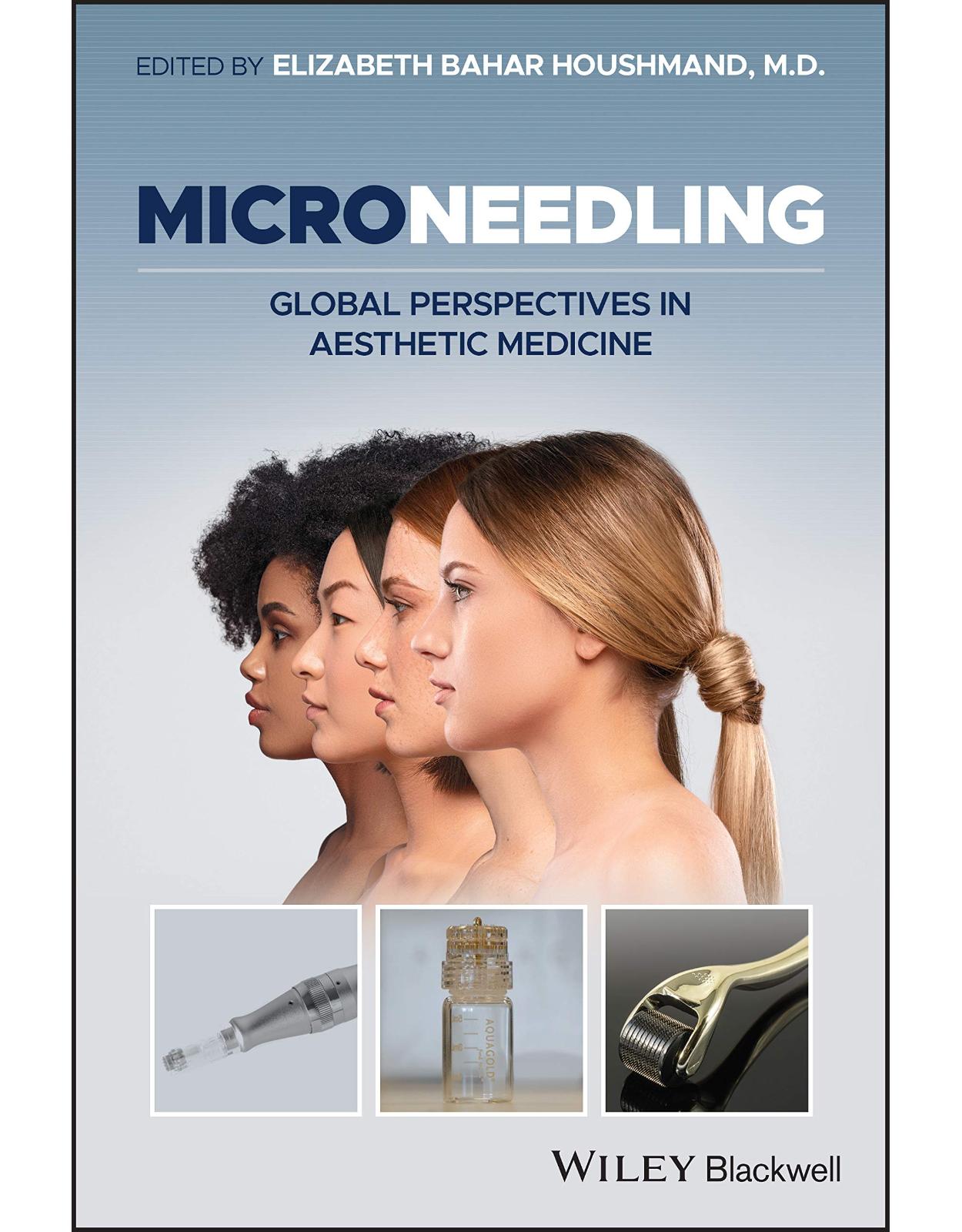
Clientii ebookshop.ro nu au adaugat inca opinii pentru acest produs. Fii primul care adauga o parere, folosind formularul de mai jos.